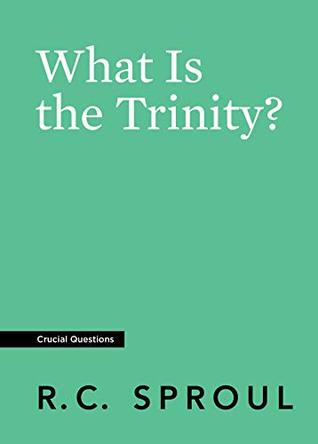More on this book
Community
Kindle Notes & Highlights
The clearest reference to Jesus’ deity in the New Testament comes at the opening of John’s gospel. It reads, “In the beginning was the Word [that is, the Logos], and the Word was with God, and the Word was God” (1:1). In that first sentence, we see the mystery of the Trinity, because the Logos is said to have been with God from the beginning. There are different terms in the Greek language that can be translated by the English word with, but the word that is used here suggests the closest possible relationship, virtually a face-to-face relationship. Nevertheless, John makes a distinction
...more
“He was in the beginning with God. All things were made through him, and without him was not any thing made that was made. In him was life, and the life was the light of men” (vv. 2–4). Here we see eternality, creative power, and self-existence attributed to the Logos, who is Jesus.
The first great heresy that the church had to confront with respect to monarchianism was called “modalistic monarchianism” or simply “modalism.” The idea behind modalism was that all three persons of the Trinity are the same person, but that they behave in unique “modes” at different times.
Modalists held that God was initially the Creator, then became the Redeemer, then became the Spirit at Pentecost. The divine person who came to earth as the incarnate Jesus was the same person who had created all things. When He returned to heaven, He took up His role as the Father again, but then returned to earth as the Holy Spirit. As you can see, the idea here was that there is only one God, but that He acts in different modes, or different expressions, from time to time.
In reality, Chalcedon affirmed that Jesus has two natures, one of which is divine. His divine nature is fully divine; it’s not just semi-divine, it is completely divine. The divine nature of Christ possesses all of the attributes of deity, lacking none of them. At the same time, the human nature of Christ is fully human in terms of created humanity. The one thing we have that Jesus’ human nature does not have is original sin. He is like us in all respects except sin. He is as human as Adam was in creation. All of the strengths and limitations of humanity are found in the human nature of Jesus.
Second, Chalcedon is known, perhaps most famously, for the so-called “four negatives.” When the council confessed that there is a perfect unity between the divine and human natures in Christ, it said they are united in such a way as to be “without confusion, without change, without division, without separation.” In other words, the council said that we cannot mix up the two natures of Christ; that was the heresy of the monophysites.
Neither can we separate them; that was the error of the Nestorians. No, Jesus’ two natures are perfectly united. We can distinguish them, but we cannot mix or divide them. We cannot conceive of the human and divine natures in Him as being confused or changed, so th...
This highlight has been truncated due to consecutive passage length restrictions.
Third, the Chalcedonian Creed affirms that the distinction of Jesus’ two natures is “in no way annulled by the union, but rather the characteristics of each nature [are] preserved and [come] together to form one person and subsistence.” In other words, in the incarnation, God does not give up any of His attributes and humanity does not give up any of its attributes.
When Jesus came to earth, He did not lay aside His divine nature. Neither did He assume a human nature that was anything less than fully human. In the midst of controversy, the men of God who gathered at Chalcedon affirmed these things, and we should be eternally grateful.
Trinity is a perfectly good word that accurately states that which the church has believed and confessed historically. We should not hesitate to use it and other such words to set the standard of truth as accurately as possible.


